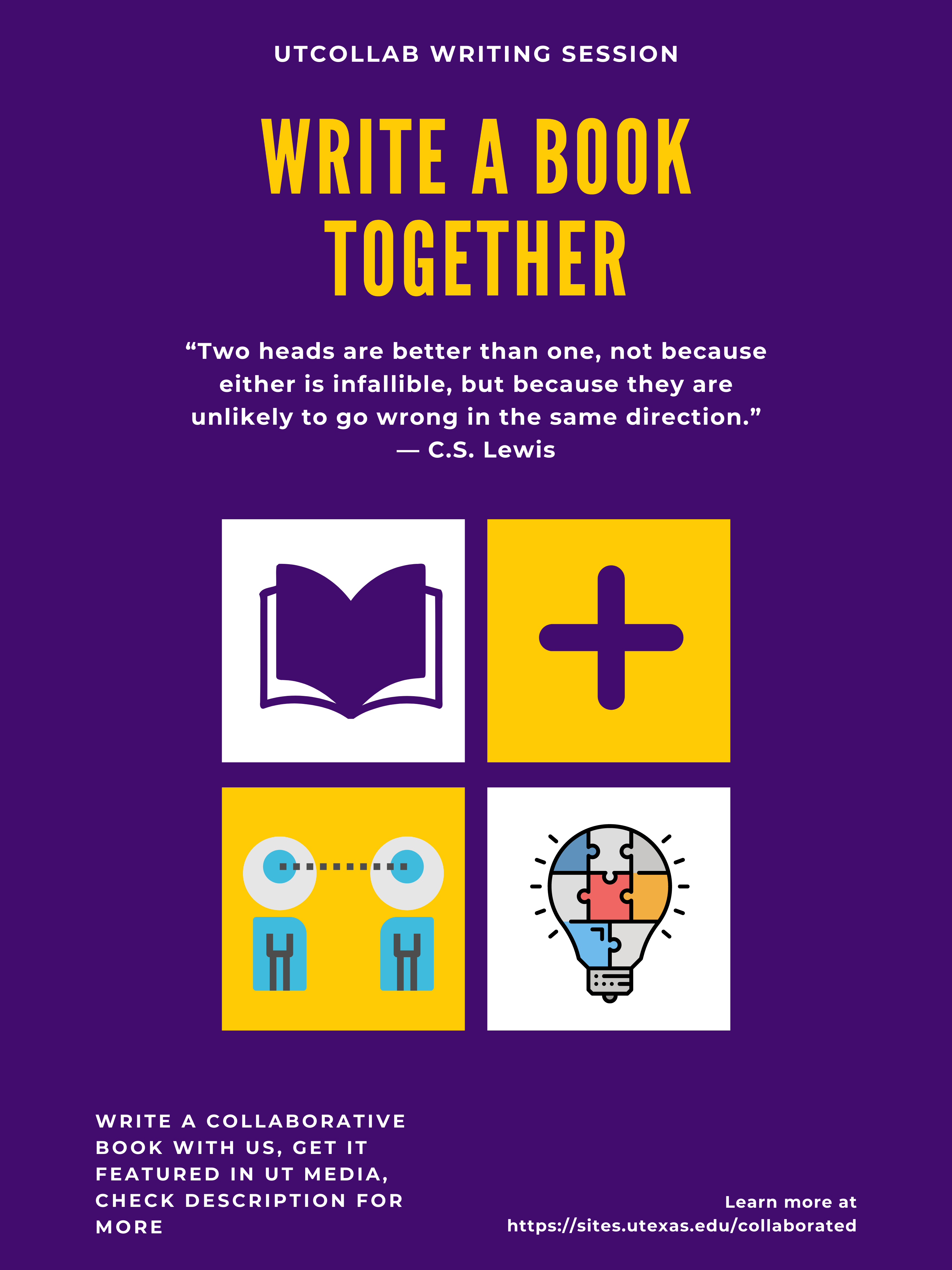In the bustling corridors of academia, where innovation meets education, a groundbreaking initiative is underway at the University of Texas at Austin (UT). Enter the realm of Collaborative Opportunities for Research Educators (CORE), an NIH-supported post-doctoral program designed to shape the future of biomedical science education. But what exactly does this entail? Let’s delve into the depths of this transformative project and explore the myriad benefits it offers, not only to the academic elite but to the broader scientific community.
CORE: A Beacon of Collaboration
At its core (pun intended), the Collaborative Opportunities for Research Educators program at UT-Austin is a testament to the power of collaboration. Imagine a synergy where the expertise of seasoned researchers intertwines with the fresh perspective of budding scholars. This is precisely what CORE aims to achieve.
Established in conjunction with two esteemed partners, Southwestern University and St. Edward’s University, CORE acts as a bridge, connecting post-doctoral fellows with vibrant research ecosystems. Through this unique alliance, fellows are not only exposed to cutting-edge research at UT-Austin but also engage in collaborative endeavors with undergraduate institutions, fostering a culture of mentorship and knowledge exchange.
Empowering the Next Generation
One of the primary objectives of CORE is to nurture the next generation of scientific leaders. By providing post-doctoral fellows with hands-on research experience and tailored mentoring, the program equips them with the tools necessary to embark on successful academic careers in biomedical science. But the impact doesn’t end there.
A cornerstone of CORE’s mission is to revolutionize science education, particularly at the undergraduate level. Drawing inspiration from UT-Austin’s Freshman Research Initiative, which seamlessly integrates research into the curriculum, CORE seeks to instill a research-centric approach to learning. By immersing freshmen in thematic research streams and offering mentorship from seasoned educators, the program paves the way for a new generation of scientifically literate individuals.
Departmental Outcomes: A Glimpse into Excellence
Now, let’s shine a spotlight on the diverse outcomes emerging from different departments within UT-Austin:
- Department of Chemistry: From unraveling the mysteries of molecular assemblies to delving into the realm of DNA damage response, researchers like Matthew Minus and Jeffrey E. Dick are at the forefront of scientific discovery. Their work not only contributes to our understanding of fundamental processes but also holds promise for real-world applications, ranging from pharmaceuticals to environmental remediation.
- Department of Molecular Biosciences: Erin Taylor’s exploration of mitochondrial polymerase γ mutants sheds light on the intricate mechanisms underlying mitochondrial diseases. Through her research, she strives to not only advance our knowledge of molecular biology but also pave the way for targeted therapies that could alleviate human suffering.
- Division of Chemistry: Michael Cammarata’s pioneering work in structural biology, coupled with Peggy Williams’ efforts in characterizing lipopolysaccharides, exemplifies the interdisciplinary nature of scientific inquiry. By leveraging innovative techniques such as ultraviolet photodissociation, these researchers are pushing the boundaries of what is possible, opening new avenues for exploration in the process.
- Division of Medicinal Chemistry: Michael G. Chiorazzo’s investigation into the role of maternal embryonic leucine zipper kinase (MELK) in cancer underscores the program’s commitment to tackling pressing societal challenges. Through his research, Chiorazzo seeks to unravel the complex interplay between cancer biology and therapeutic interventions, offering hope to millions affected by this devastating disease.
Beyond Boundaries: Impact and Beyond
As we reflect on the achievements of CORE and its dedicated cohort of post-doctoral fellows, one thing becomes abundantly clear: the impact extends far beyond the confines of academia. By fostering a culture of collaboration, innovation, and mentorship, CORE is shaping the future of biomedical science education and paving the way for a more inclusive and dynamic scientific community.
So, whether you’re a budding researcher with a thirst for knowledge or an aspiring educator with a passion for teaching, consider joining the ranks of CORE and embark on a journey of discovery like no other. Together, we can unlock the doors to a brighter, more enlightened future—one collaboration at a time.
Reference : Collaborative Opportunities for Research Educators (CORE) at UT-Austin



